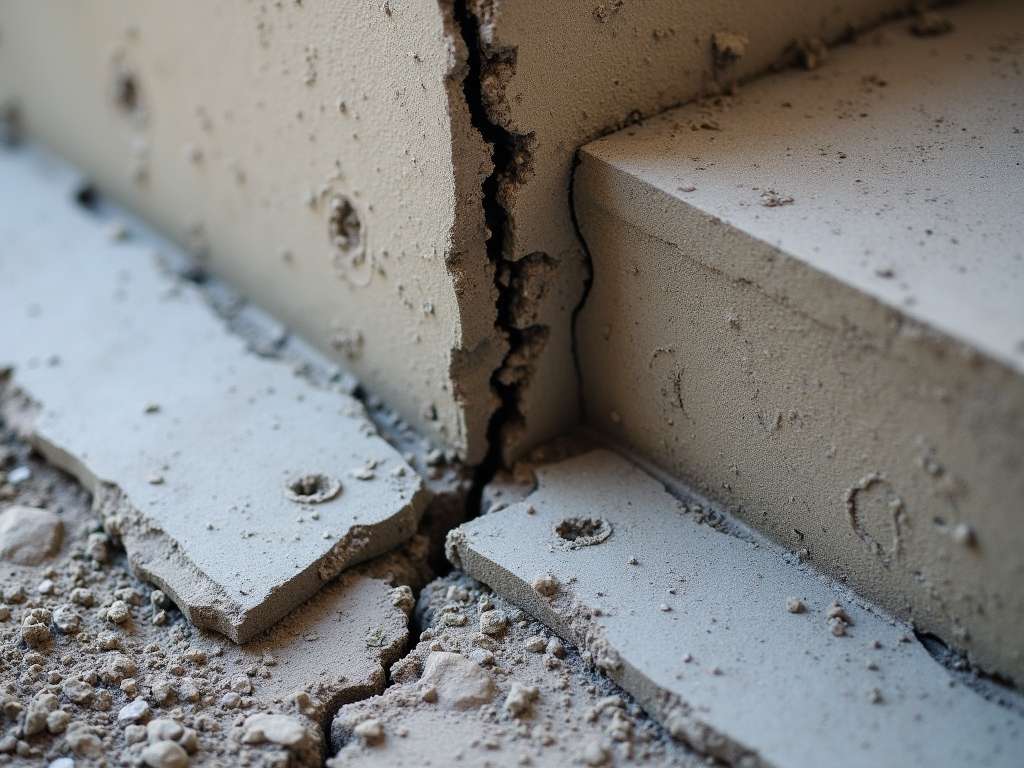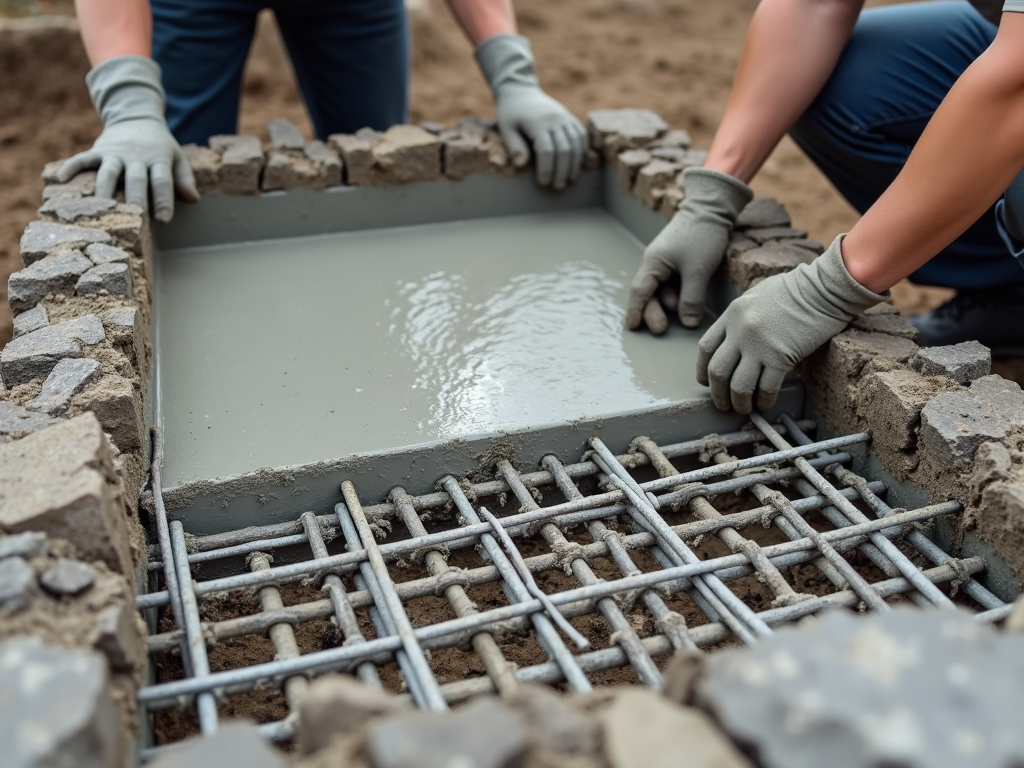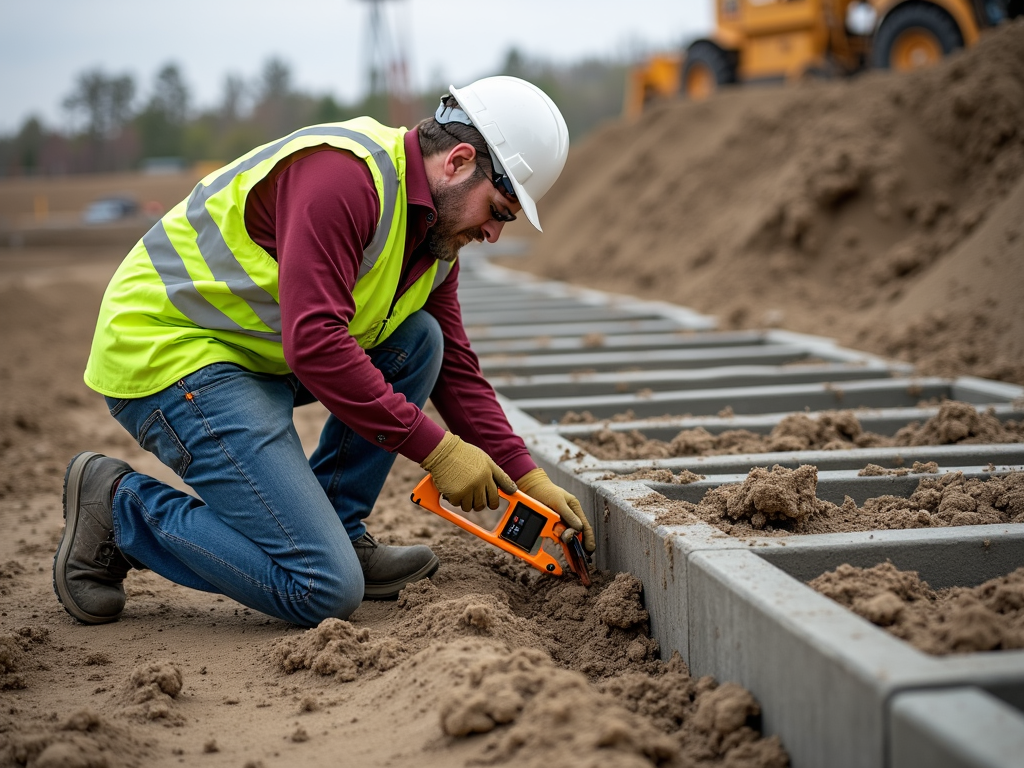Structural Footing Designs: Common Mistakes and Best Practices
Overview
Structural footings are key to a building’s foundation. They carry the weight of the structure to the ground. Mistakes in their design can lead to big problems, like cracks or even collapse. This article covers common mistakes in structural footing designs and shares practical fixes. It’s perfect for anyone wanting to build strong, safe foundations.
What Are Structural Footings?
Structural footings sit at the base of a foundation. They spread out the building’s load across the soil below. Usually made of concrete, they hold up walls, columns, or other parts of a structure. Getting their design right keeps the building steady and safe for years.
Common Mistakes in Structural Footing Designs
Designing footings isn’t always straightforward. Even experts can slip up. Here are the biggest mistakes to watch out for:
Improper Sizing
Size matters with footings. Too small, and they can’t handle the weight—think sinking or tilting buildings. Too big, and you’re wasting concrete and money. The trick is matching the footing size to the load and soil strength.
Incorrect Rebar Placement
Rebar is like the backbone of concrete. It stops cracks from spreading. But if it’s placed wrong—too close to the edge or not spaced out—it won’t do its job. Weak footings mean trouble down the road.

Inadequate Soil Analysis
Soil isn’t just dirt—it’s the foundation’s partner. Skip testing it, and you might build on weak ground. Soft or shifting soil can’t support heavy loads, leading to uneven settling or worse.
Ignoring Environmental Factors
Weather and location play a role too. In cold areas, frost can push footings up if they’re too shallow. In earthquake zones, shaky ground needs extra reinforcement. Ignoring these can spell disaster.
Step-by-Step Guide for Rebar Placement in Footings
Rebar placement makes or breaks a footing’s strength. Here’s how to do it right:
- Check the Plans: Find the rebar size and spacing in your design.
- Prep the Spot: Clear out rocks, roots, or junk.
- Set the Grid: Lay rebar in a crisscross pattern, lifted off the ground with supports.
- Tie It Up: Use wire to secure where bars cross.
- Position It: Keep rebar centered, with enough concrete around it.
- Double-Check: Look over everything before the concrete pour.

Footing Calculation: Getting It Right
Figuring out a footing’s size is simple math with big stakes. You need two things: the building’s weight and the soil’s strength. Here’s the formula:
Footing Area = Total Load ÷ Soil Strength
Say a column weighs 100,000 pounds, and the soil holds 2,000 pounds per square foot. That’s 50 square feet of footing. Depth depends on extras like frost or soil type.
A Quick Example
Imagine a small house column. It carries 50,000 pounds. The soil tests at 1,500 pounds per square foot. Divide 50,000 by 1,500, and you get about 33 square feet. A 6x6-foot footing might work, but check local rules too.

A Personal Experience
Early in my career, I worked on a small office build. We skipped a full soil test to save time. Big mistake. The ground was softer than we thought, and the building started leaning within a year. We had to jack it up and add supports—costly and stressful. Now, I never cut corners on soil checks.
Why These Mistakes Happen
Rushing is a big culprit. Tight deadlines push teams to guess instead of test. Sometimes, it’s about saving cash—skipping soil reports or using less rebar. Other times, it’s just not knowing better. Good planning stops most of these problems cold.

Tips to Avoid Trouble
- Test the Soil: Spend the time and money upfront.
- Follow the Plans: Stick to rebar and sizing specs.
- Think Local: Adjust for weather or earthquakes.
- Check Twice: Inspect before pouring concrete.
These steps keep your footings solid and your building safe.
Conclusion
Mistakes in structural footing designs can sink a project—literally. Focus on sizing, rebar placement, soil checks, and local conditions. Use the step-by-step guide for rebar placement and nail your footing calculation. With care and know-how, your foundations will stand strong for decades.





